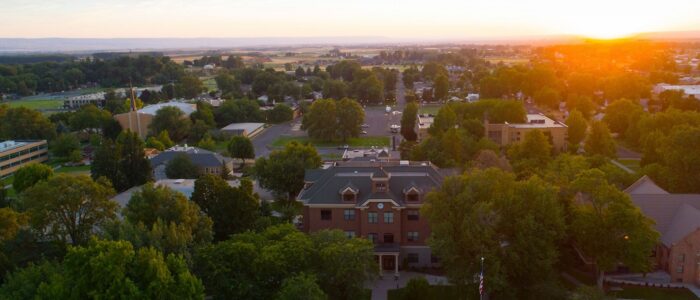
“Little Children on a Bicycle” mural on Armenian Street, George Town, Penang by Lithuanian artist Ernest Zacharevic as part of the George Town Festival 2012
The school bus system is the largest mass transportation system in the United States*
and has eluded the “gales of creative destruction”** found in other industries.
In April the US Department of Transportation (DOT) created the Non-Traditional and Emerging Transportation Technology (NETT) Council to identify and resolve jurisdictional and regulatory gaps associated with non-traditional and emerging transportation projects pending before DOT, including with respect to safety oversight, environmental review, and funding issues. The Office of the Secretary of Transportation invites comments on projects, issues, or topics that DOT should consider through the NETT Council, including regulatory models and other alternative approaches for non-traditional and emerging transportation technologies.
The Federal Register Notice is linked below:
DEPARTMENT OF TRANSPORTATION / Office of the Secretary / Docket No. DOT–OST–2019–0165
Comments directly to the DOT are due January 10, 2020.
Apart from inter- and intra- campus travel issues, there are three reasons for Standards Michigan interest in the DOT inquiry:
- According to DOT statistics the American school bus system is the largest public transportation operation in the United States; with nearly 500,000 vehicles moving 26 million children to school every day.
- A great deal of federal funding is allocated to transportation research.
- Academic programs in engineering and urban planning must include an understanding of public and private transportation issues.
For the education facility industry, Standards Michigan prefers privately developed consensus products; preferably by accredited or open-source standard developers with robust outreach toward the user-interest. The American National Standards Institute — the not-for-profit organization that supports the voluntary standards and conformity assessment system — is planning to develop a response to the Request for Information, and strongly encourages its members and constituents to either respond directly to the RFI or to contribute to the ANSI’s response.
Contributions to ANSI’s response are due December 20th.
We place this commenting opportunity on the agenda of our monthly Transportation & Parking teleconference. See our CALENDAR for the next online meeting; open to everyone.
Campuses are “cities-within-cities” and perfect study units for cities of the future
Issue: [19-152]
Category: Transportation & Parking
Colleagues: Mike Anthony, Paul Green. Richard Robben
* America’s Largest Transit System
** Joseph Schumpeter: Schöpferische Zerstörung
LEARN MORE:
Bureau of Transportation Statistics


























